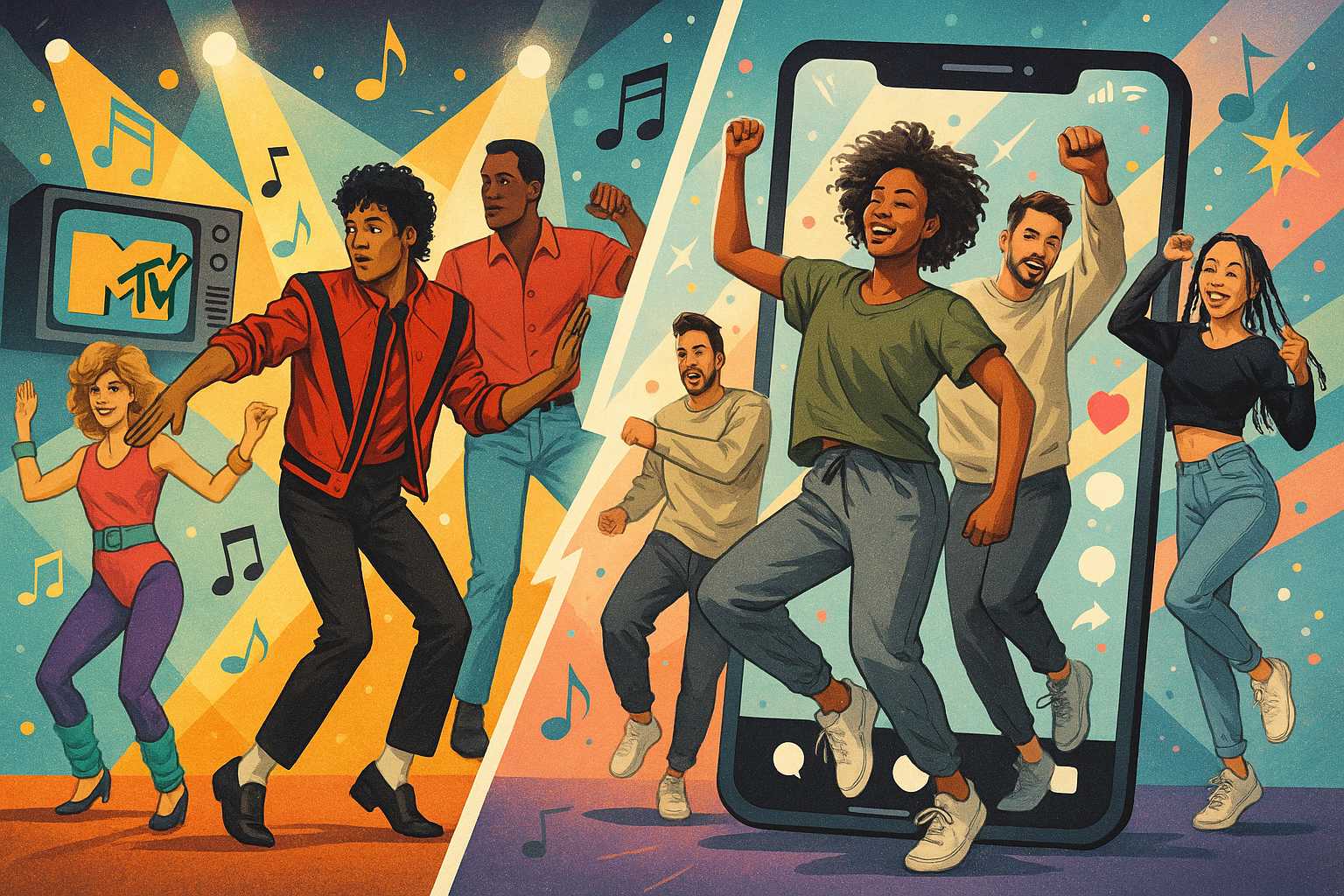Music videos have long been a canvas for visual experimentation, storytelling, and artistic expression. Among their most influential elements is choreography—the movement that brings songs to life and often defines the cultural impact of a musical era. From the early days of MTV to the viral sensations of TikTok, choreography in music videos has evolved into a language of its own, shaping not only how we experience music but also how we move, dress, and express ourselves.
The Birth of the Music Video Era
In the 1980s, as MTV revolutionized music consumption, artists like Michael Jackson and Madonna elevated dance in their videos to an art form. Jackson’s “Thriller” remains a milestone, embedding iconic moves into global pop culture, while Madonna’s stylized performances inspired legions of dancers and fans. Choreography became as integral to music videos as the songs themselves, turning dancers into stars and memorably visualizing the beat.
Style Fusions and Storytelling
As music genres blended and choreographers drew inspiration from across cultures and styles, music video dance numbers moved beyond synchronized group routines. Janet Jackson’s powerful, intricate moves in “Rhythm Nation” championed unity, while artists like Aaliyah and Missy Elliott brought innovative hip-hop moves to the mainstream. Choreographers such as Fatima Robinson and Wade Robson became household names, pushing the boundaries of dance and storytelling in each video.
The Social Media Revolution and Dance Challenges
Today, platforms like YouTube and TikTok democratize dance, inviting everyone to learn—and reinterpret—music video choreography. Viral challenges routinely catapult dance routines into pop-cultural consciousness, as seen in Drake’s “In My Feelings” or Beyoncé’s “Single Ladies.” Choreographers now navigate a world where their creations can be shared and remixed globally within minutes, making adaptability and relatability more important than ever.
The Future: Inclusivity and Innovation
The evolution of music video choreography continues, with artists embracing diverse bodies, styles, and stories. From synchronized dance mobs to sign language inclusions, dance in music videos is more accessible and representative than ever. As technology, social trends, and artistic ambition intersect, choreography will keep evolving—connecting us all, step by step, to the music.
By Monica


Leave a Reply